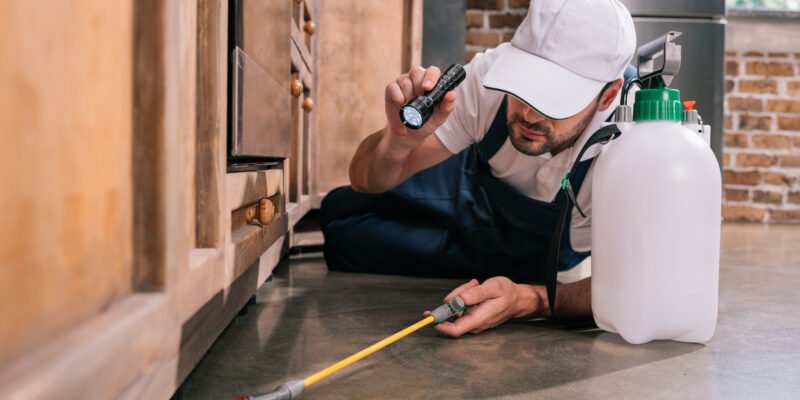In the delicate balance between humans and the environment, pest control Sydney plays a crucial role in maintaining healthy living and working spaces. The key to successful pest management lies in early detection and the implementation of efficient treatment strategies. Pest control is essential for your family’s health and it should be your priority to make sure your house is clean and habitable for humans and not for critters.
This comprehensive guide aims to shed light on the importance of recognizing pest issues in their early stages and adopting proactive measures for effective eradication.
The Significance of Early Detection
Early detection stands as the linchpin in the battle against pests. The moment pests infiltrate a space, they begin to compromise the integrity of structures, contaminate food, and pose potential health risks. Timely identification allows for a rapid response, preventing the infestation from reaching unmanageable levels. Regular inspections, coupled with an understanding of common signs, empower individuals to catch pest issues early on.
Common Signs of Pest Infestation
- Visible Damage: One of the most apparent signs of a pest infestation is visible damage to structures, furniture, or crops. Gnaw marks, holes, or shredded materials are red flags that pests are present and active.
- Droppings and Tracks: Pest droppings and tracks are telltale signs that should not be ignored. Regularly inspecting areas where pests might hide, such as attics, basements, or storage spaces, can help identify their presence.
- Unusual Noises or Smells: Pests often leave audible and olfactory clues. Strange sounds or odors, especially in hidden or dark areas, may indicate the presence of pests. Investigating and identifying the source promptly is crucial to effective pest control.
Common Pests and Early Detection Practices
- Insects: Insect infestations can often be thwarted by regular inspections of entry points, such as windows and doors, for small cracks and gaps. Immediate action is necessary upon spotting signs like increased insect activity or nests.
- Rodents: Rats and mice can wreak havoc if left unchecked. Look for evidence of gnawing, droppings, or chewed materials. Seal potential entry points and use traps or baits strategically to control rodent populations.
- Termites: These silent destroyers can cause extensive damage before their presence is noticed. Early detection involves monitoring for mud tubes, damaged wood, or discarded wings near windows. Professional inspections can provide a more comprehensive assessment.
Effective Treatment Strategies
- Integrated Pest Management (IPM): An overarching approach to pest control is Integrated Pest Management (IPM). This method combines various strategies, including biological controls, habitat modification, and targeted chemical applications. IPM is a holistic and sustainable method that considers the environmental impact of pest control measures.
- Professional Pest Control Sydney Services: For more severe infestations, seeking the assistance of a licensed pest control professional is crucial. Professionals conduct thorough assessments, identify the specific pests involved, and implement tailored treatment plans. They have access to highly concentrated and powerful pesticides that are not easily found in stores for the average person.
- Preventive Measures: Implementing preventive measures can significantly reduce the risk of future infestations. Regular cleaning, proper waste disposal, and sealing entry points are essential steps in creating an environment that is inhospitable to pests.
Embracing a Proactive Approach
Staying proactive in pest control is the key to long-term success. Regular inspections should be a routine part of property maintenance. Early detection not only allows for swift action but also minimizes the potential damage and health risks associated with pest infestations.
Education is another critical aspect of a proactive approach. Understanding the habits, life cycles, and vulnerabilities of common pests empowers individuals to make informed decisions about prevention and treatment. Knowledgeable individuals are better equipped to create environments that discourage pests from taking up residence.
Conclusion
In the dynamic relationship between humans and the environment, effective pest control is a necessity. Navigating this realm successfully requires a commitment to early detection and the implementation of efficient treatment strategies. By staying vigilant, understanding common signs of infestation, and adopting proactive measures, individuals and businesses can create spaces that are resilient against the challenges posed by pests. In this ongoing battle, knowledge and action are the most potent weapons in the quest for pest-free living.










Comments